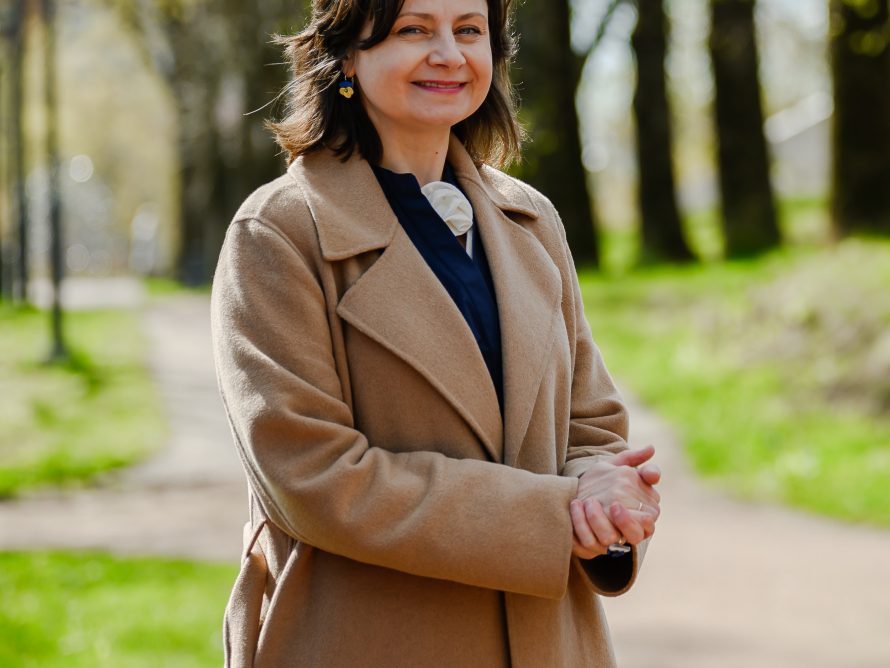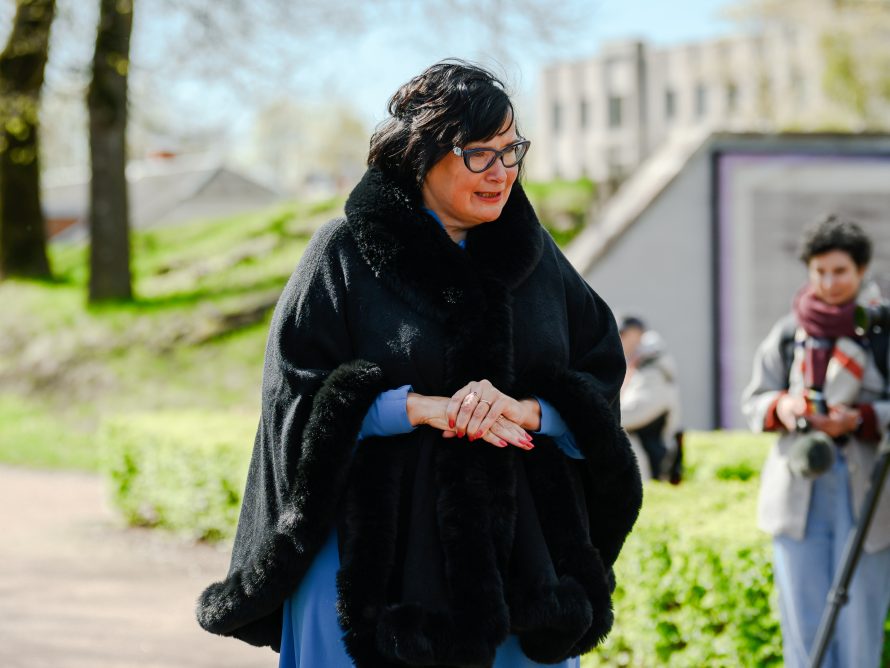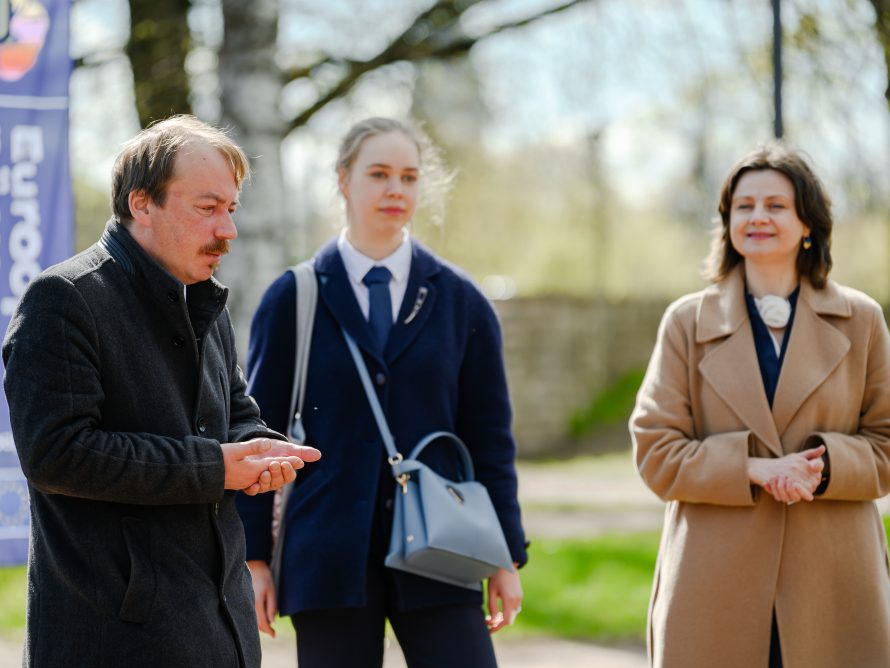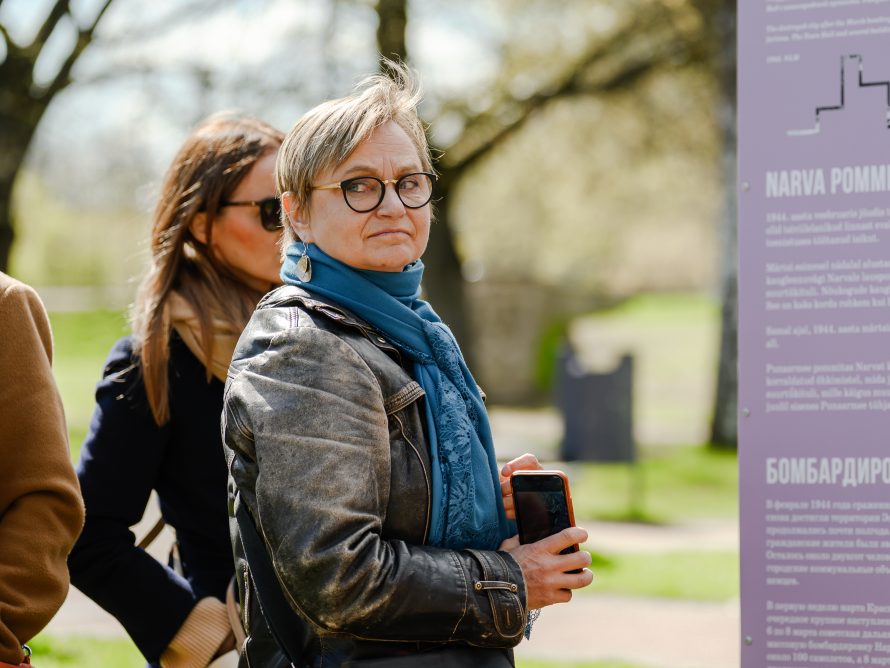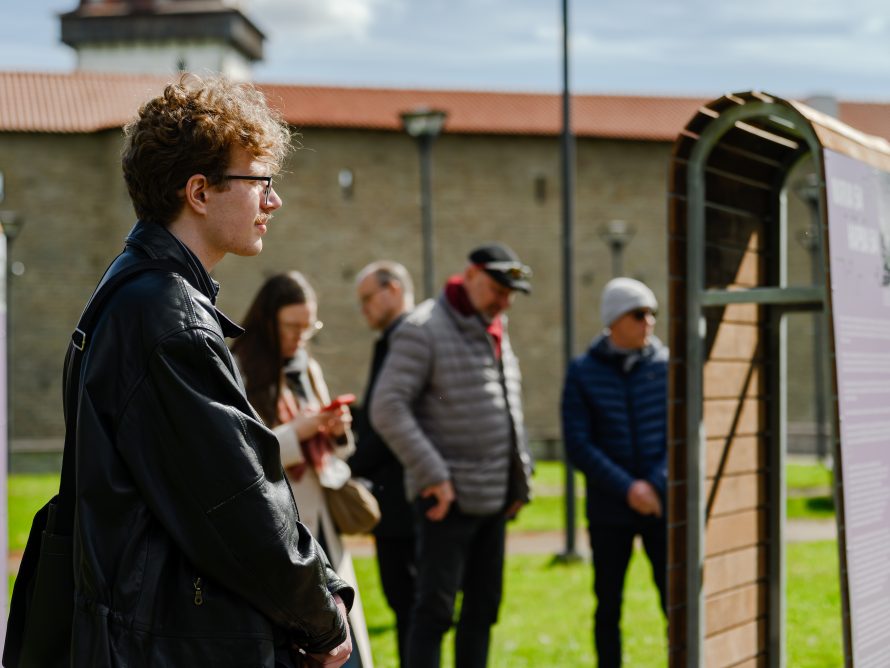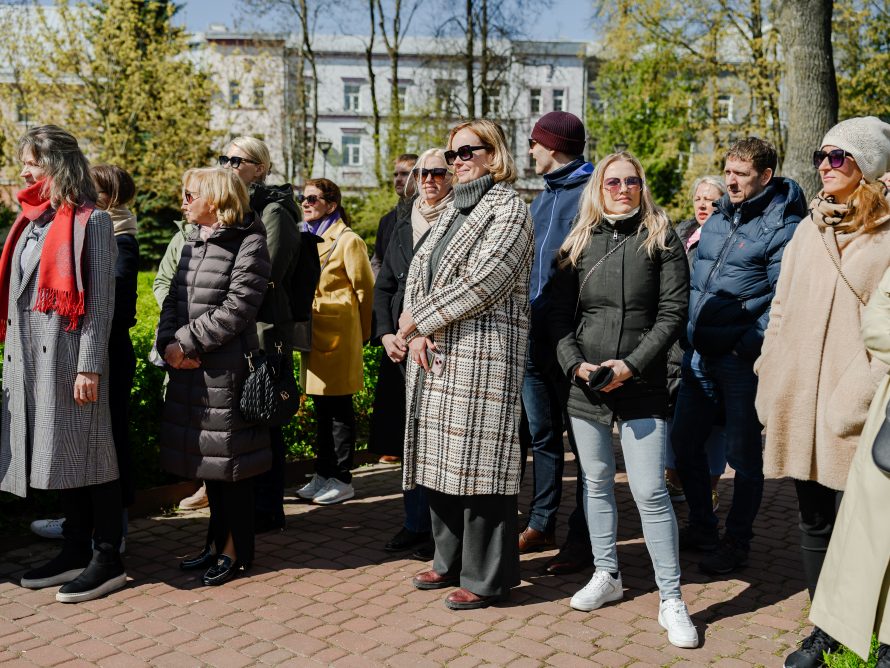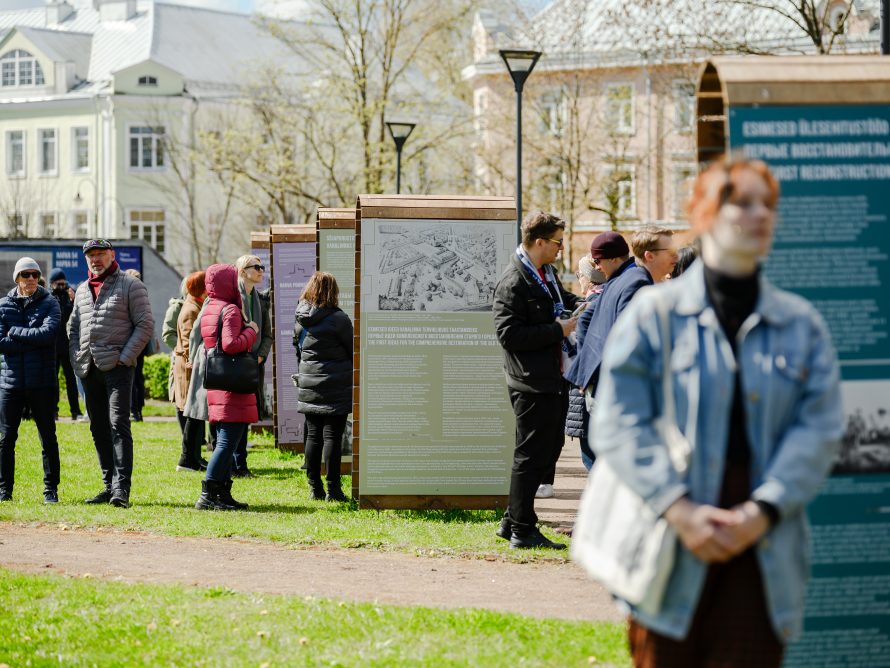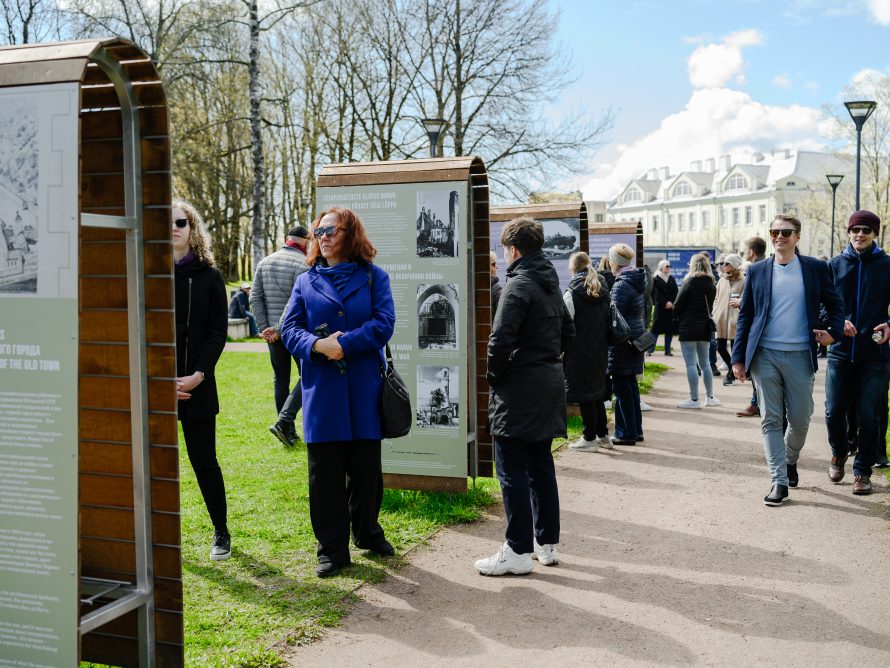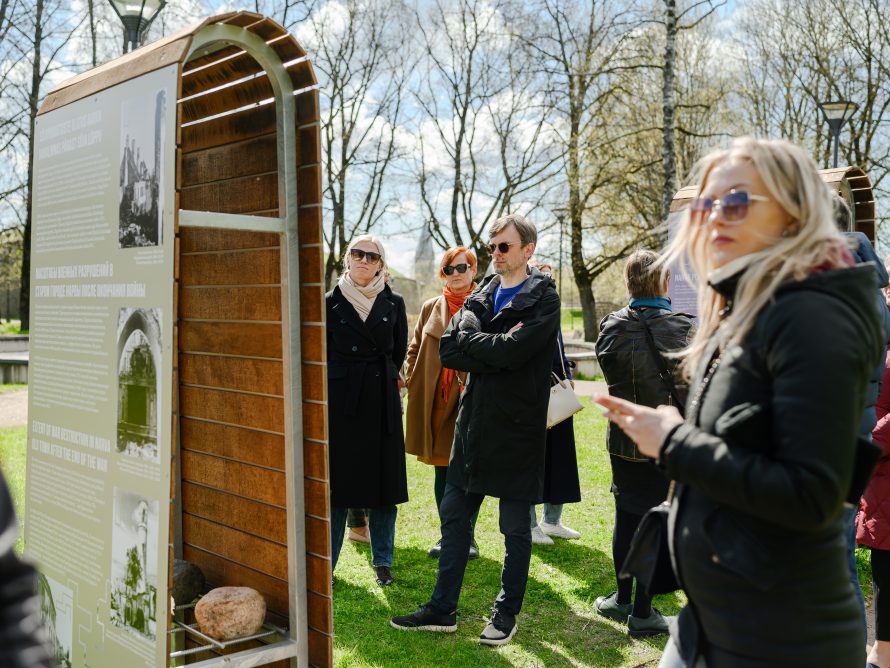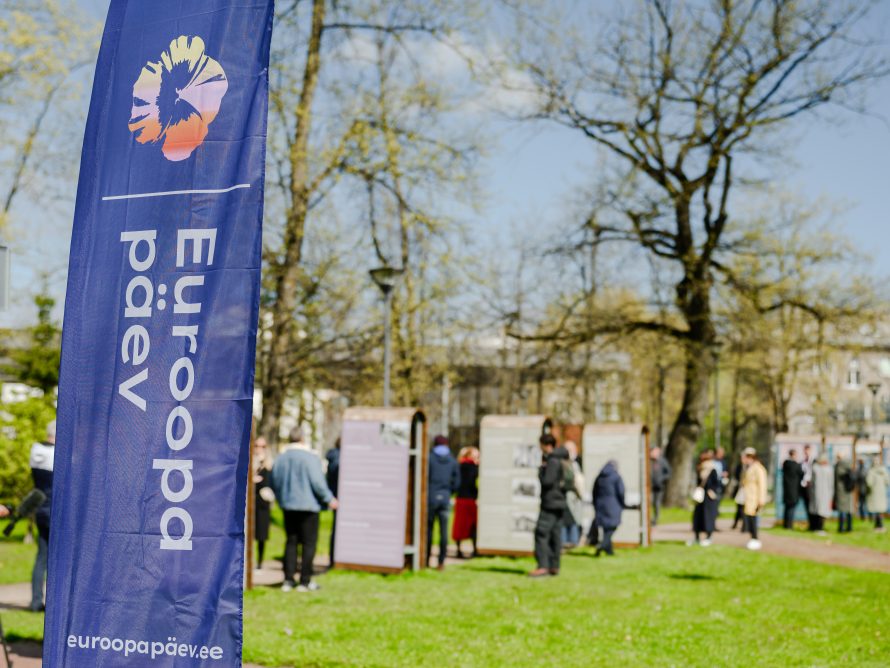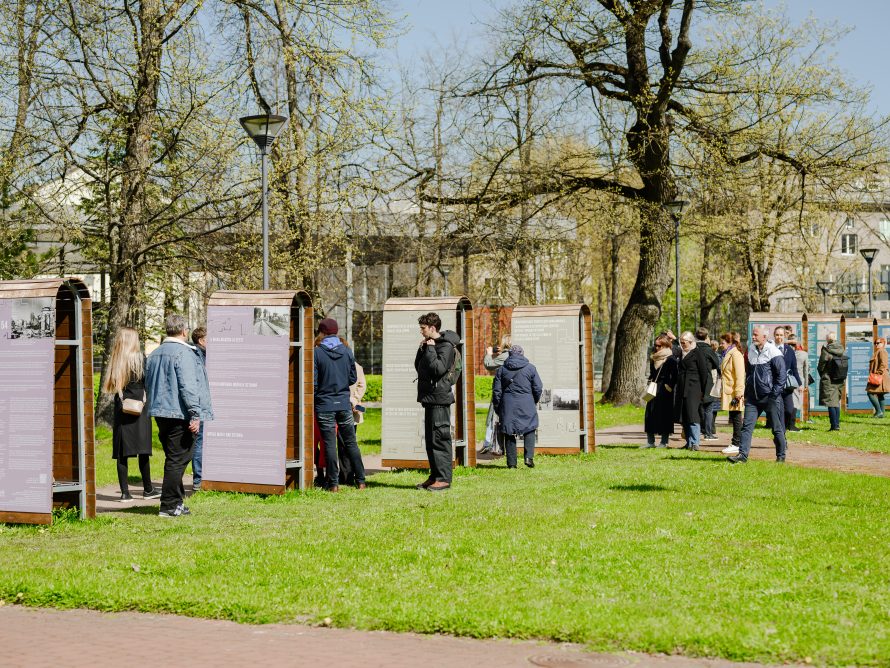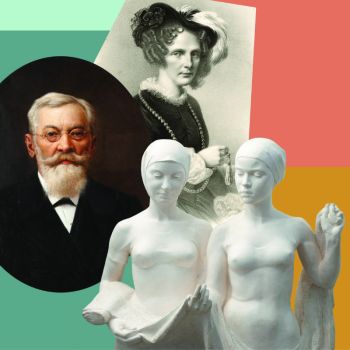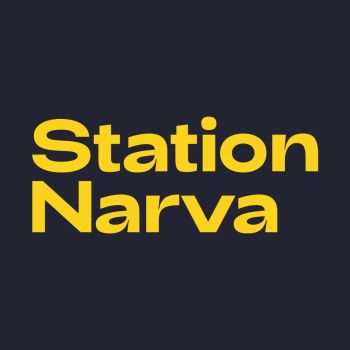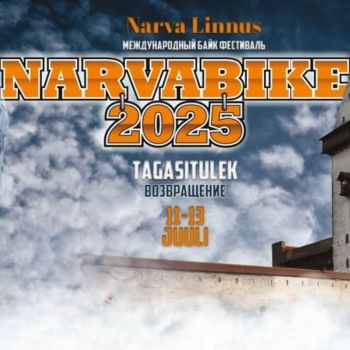Exhibition “Narva 54”
Event overview
Opening 9 May in the park of Narva Castle
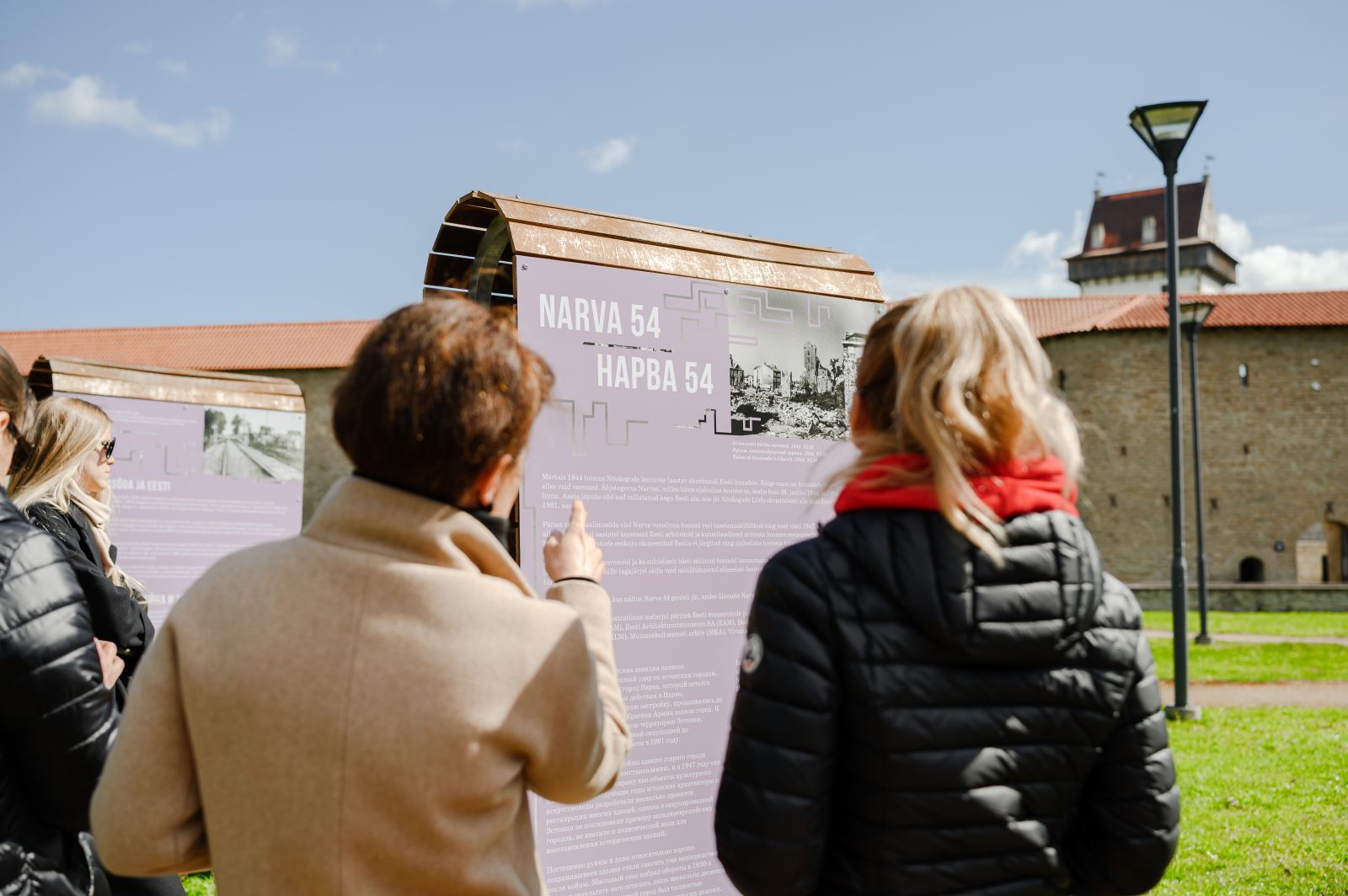
In March 1944, the Soviet Air Force launched a devastating airstrike on Estonian cities. Narva suffered the most and was left in ruins. The military actions in Narva, which destroyed the historical buildings, lasted until July 26, 1944, when the Red Army captured the city. By the end of the year, they had conquered all of Estonia, which remained under Soviet occupation until Estonia regained its independence in 1991.
After World War II, the buildings of Narva's Old Town were still considered restorable, and in 1947 they were placed under heritage protection. In the following years, Estonian architects and art historians compiled several restoration projects for various buildings, but the examples of Western European cities were not followed in occupied Estonia, and there was a lack of political will to restore historical buildings.
Gradual demolition of the ruins and even of relatively well-preserved buildings started shortly after the end of the war. During the 1950s, large-scale demolition intensified, leaving only a few dozen pre-war buildings intact. The Old Town was subsequently rebuilt with Soviet-standard apartment blocks.
Narva 54 continues from the point where the previous exhibition, Narva 44, left off, providing an overview of the fate of Narva's Old Town after World War II.
The exhibition features illustrative material from the collections of Estonian museums and archives:
Narva Museum (NLM), Estonian History Museum (AM), Estonian Museum of Architecture (EAM), Estonian National Archives (ERA), Estonian War Museum – General Laidoner Museum (KLM), Archive of the National Heritage Board (MKA), Virumaa Museums (VM).
The exhibition was created with the support of the Estonian Cultural Endowment.
- Curator: Madis Tuuder
- Consultants: Zurab Jänes, Peeter Kaasik, Svetlana Andreeva
- Project Manager: Anne Raud
- Editor: Zurab Jänes
- Proofreader: Kristiina Sarjas
- Translation: Anastassia Belitško-Popovych
- Graphic Design: Janne Jaagant
- Partners: Kultuurkapital SA, Estonian War Museum – General Laidoner Museum, Estonian History Museum Foundation, Estonian National Archives, Estonian Museum of Architecture, National Heritage Board, TLPA Heritage Protection Department
- Printing: Copix (Grano Digital OÜ), Rado Laukar OÜ

